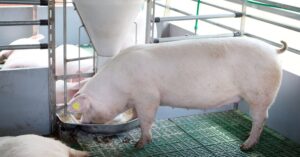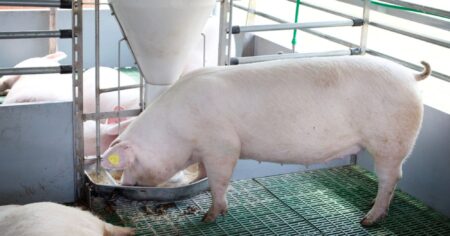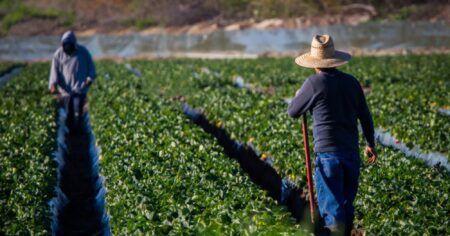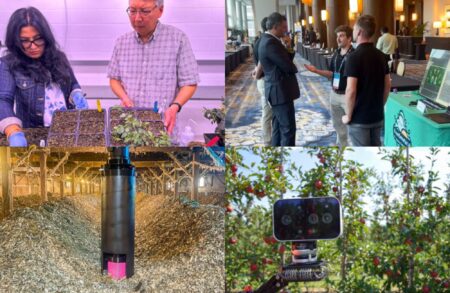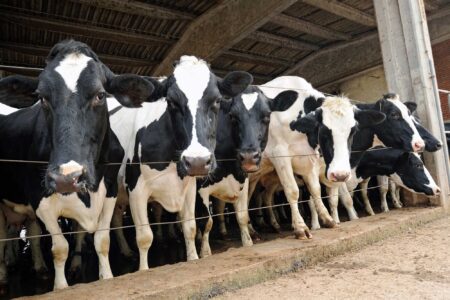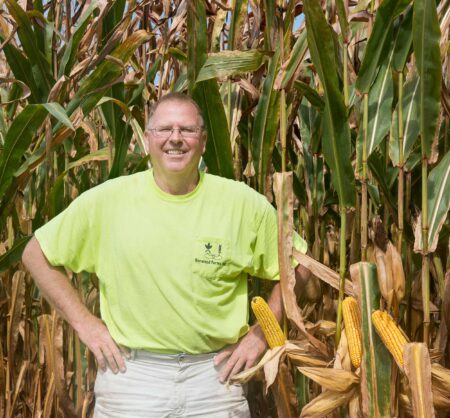The U.S. Department of Agriculture has canceled a report that hunger-fighting organizations say was “essential” data to see the results of federal and local policies aimed at ending hunger.
The USDA, in a news release about the decision, said the reports were “redundant, costly, politicized” and did “nothing more than fear monger.”
Paige Chickering, vice chair of the Iowa Hunger Coalition, said agencies like hers, along with researchers and even politicians, used the now-canceled report to analyze the impact of certain policies on food insecurity. Chickering said the announced cancellation of the report coincides with the “largest cut” to the federal Supplemental Nutrition Assistance Program.
“That can’t just be coincidence,” Chickering said. “That seems very intentional, because it is very likely that the cuts will make it harder for Americans, and Iowans, to access their grocery benefits, and we will very likely see that in the data about food security — except now we won’t, because it’s no longer being collected.”
The Republican-led budget reconciliation law, enacted July 4 and known as the One Big Beautiful Bill Act, included significant cuts to the SNAP program.
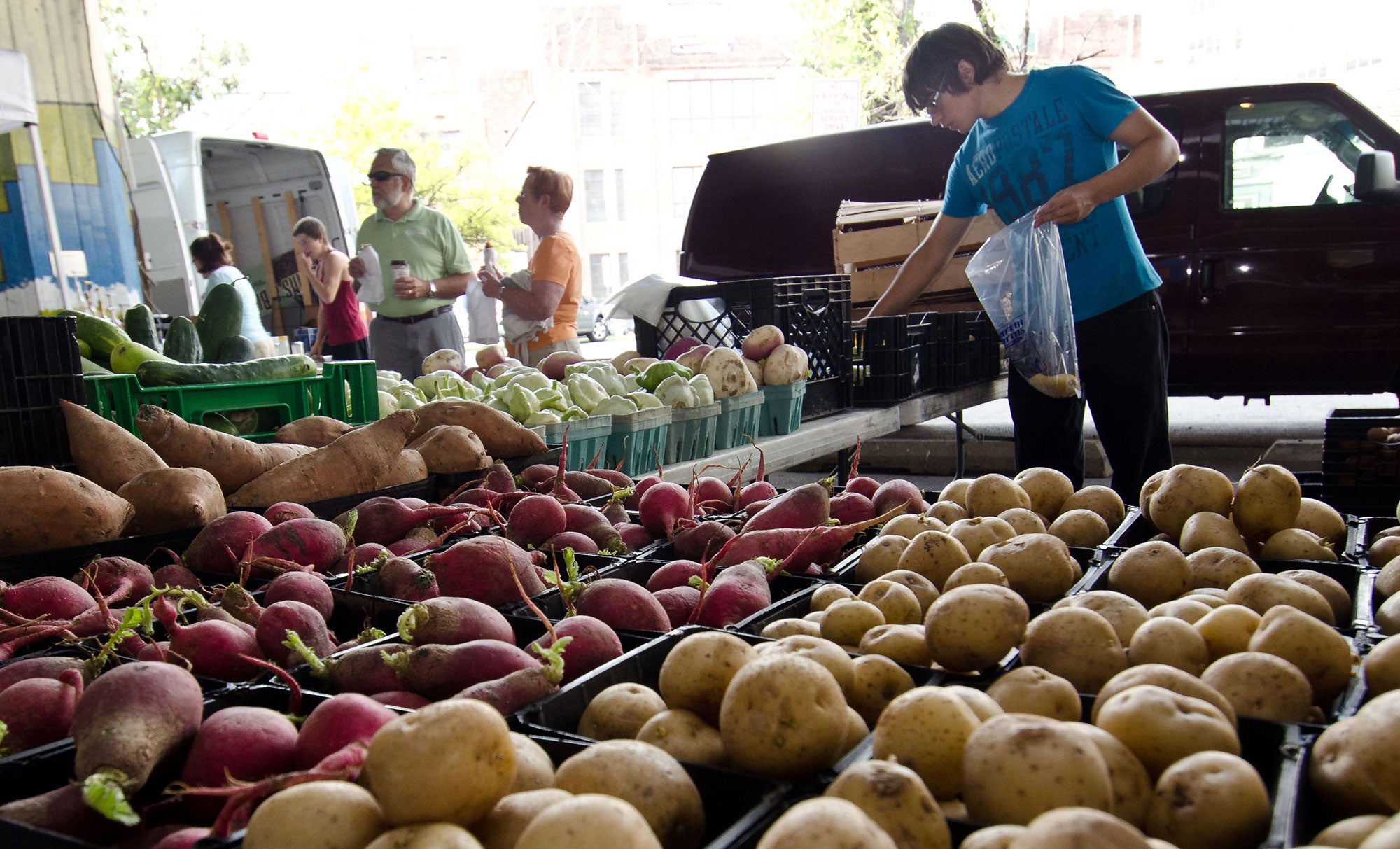
According to an analysis from the nonpartisan Congressional Budget Office, the law cut $187 billion, or about 20%, of federal funding to SNAP through 2034. CBO said the law “takes away food assistance” via its changes to the Thrifty Food Plan, requirements for some states to provide matching funds, expanded work requirements and changes to eligibility based on immigration status. The CBO report estimates 4 million people that rely on SNAP will see their food assistance terminated, or reduced substantially.
The Iowa Hunger Coalition estimates the changes to the program from the new law will result in a loss of nearly $50 million in funding to SNAP in Iowa in 2026. By 2034, the loss of funding per fiscal year will be more than $200 million, according to the coalition.
“Millions of American children are facing food insecurity, and willfully neglecting that fact, and preventing the federal government from collecting and reporting the data that tells us how many kids are impacted is frankly unacceptable,” said Chickering, who is also the Iowa state manager for the Save the Children Action Network.
What is the Household Food Security Report?
The USDA and U.S. Department of Health and Human Services’ National Center for Health Statistics partnered in the 1990s to create a supplement to the Current Population Survey, known as the CPS Food Security Supplement.
This supplement, which has been issued annually since 1995, gathers data for a national measure of food security. Data from the report is used to generate Household Food Security Reports.
According to the news release from USDA announcing the termination of the project, the study was initiated under the Clinton administration as a “means to support the increase of SNAP eligibility and benefit allotments.”
The USDA called the survey “redundant” in the release and said it “failed to present anything more than subjective, liberal fodder.”


The food security survey is one of several elements used by Feeding America, a national organization of food banks, pantries and meal programs, for its reports on hunger in America. The latest report shows 47 million people in the nation face food insecurity, and that 1 in 5 children is food insecure.
Claire Babineaux-Fontenot, Feeding America’s CEO, said in a statement that the loss of the survey “will create gaps.” Babineaux-Fontenot said while the survey was never a “a perfect resource,” it has revealed trends and highlighted the experiences of children and households experiencing food insecurity.
“They helped us to see that food insecurity touches every county in every state and that the deepest challenges are often in rural counties,” Babineaux-Fontenot said.
She said the report also showed when certain issues like the “staggering inflation” of 2022 left people “reeling” or when policies, like the investments into nutrient-dense local foods in late 2020, had positive outcomes on food security rates and health outcomes.
“While neither the USDA report nor any single report that is created will be perfect, these efforts help ensure the information we collect and act on is as accurate and useful as possible,” Babineaux-Fontenot said. “As USDA’s report sunsets, there is a risk of losing consistent national benchmarks that have helped guide solutions. Feeding America is committed to working alongside partners to ensure we continue building on that foundation.”
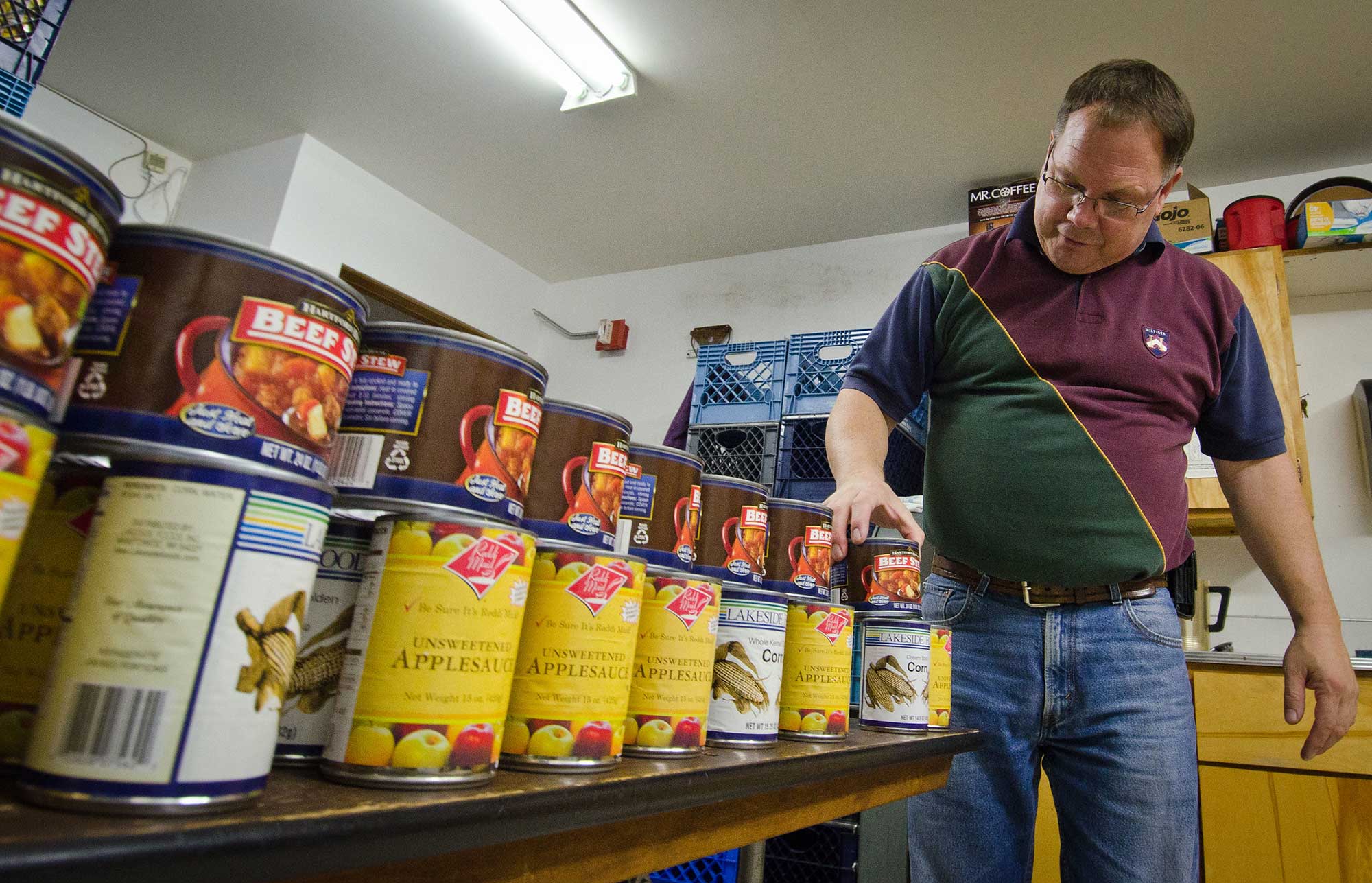
The USDA said in its release that “trends in the prevalence of food insecurity have remained virtually unchanged” despite increases to SNAP spending from 2019-2023.
Chickering said that claim is “not true” and cited Feeding America’s Map the Meal Gap study which shows food insecurity rates nationally have increased more than 3% in the last two years.
“They’ve not remained the same; they are actually on the rise,” Chickering said. “And then we also see strong anecdotal evidence of this as well when we talk about what food banks and food pantries are experiencing … they’re experiencing higher and higher demand.”
The USDA’s own survey results from September 2024, reflecting 2023 data from the survey, also show a sharp increase in food insecurity rates from 2021 to 2023.
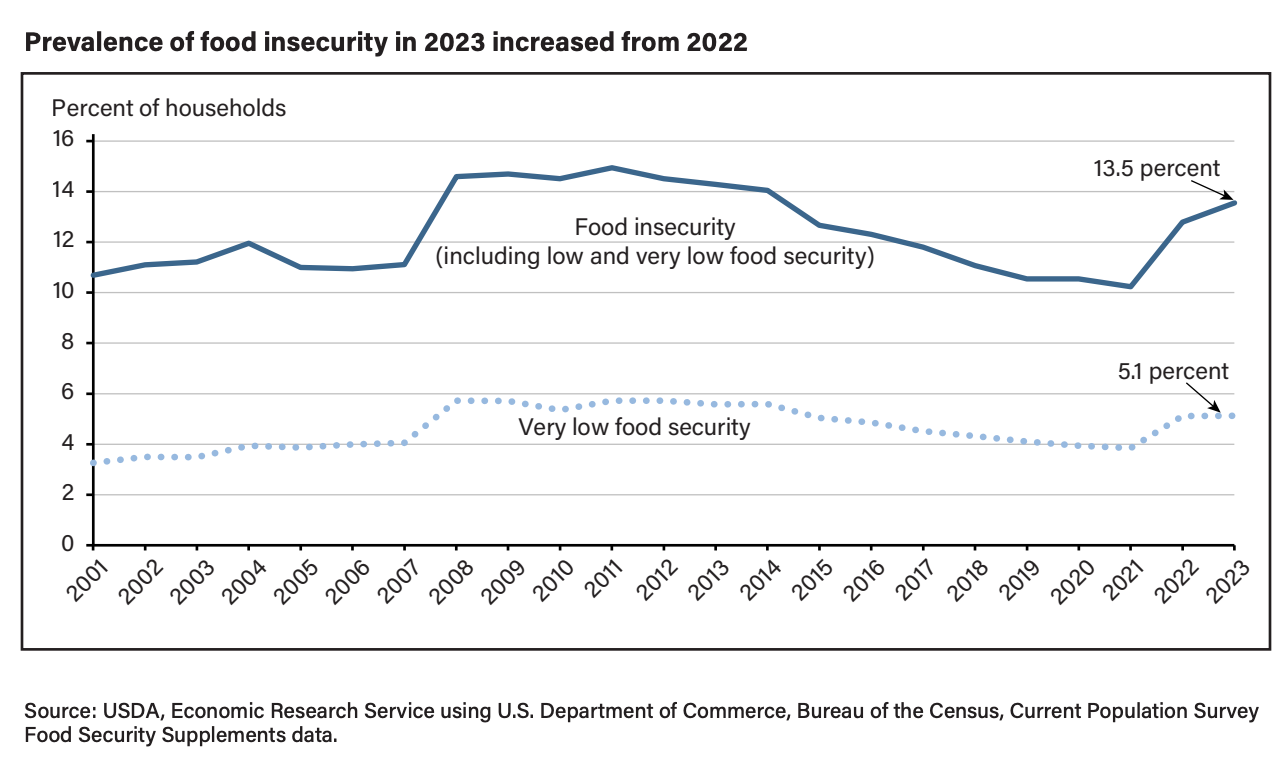

Share Our Strength, another organization that uses the food security data with its No Kid Hungry campaign, said Americans should be “deeply concerned” about the elimination of the survey.
Anne Filipic, the organization’s CEO, said in a statement the data has been used to “illuminate how policy decisions impact how children and families across America experience hunger.”
“By helping policymakers and advocates understand the impact policy decisions and the economy have on hunger trends, this research helps ensure we’re wisely investing taxpayer dollars efficiently and effectively on programs that work to end hunger,” Filipic said in a statement.
Chickering said the announcement from the USDA insinuates the report is “costing American taxpayers a ton of money,” which she said is misleading since the survey is a supplement to the existing Current Population Survey.
“We get a ton of data out of this report that’s foundational to the study of food insecurity in our country at a very low cost to the government,” Chickering said.
Iowa Capital Dispatch is part of States Newsroom, a nonprofit news network supported by grants and a coalition of donors as a 501c(3) public charity. Iowa Capital Dispatch maintains editorial independence. This article, originally appearing here, was republished under under Creative Commons license CC BY-NC-ND 4.0. Contact Editor Kathie Obradovich for questions: [email protected].



